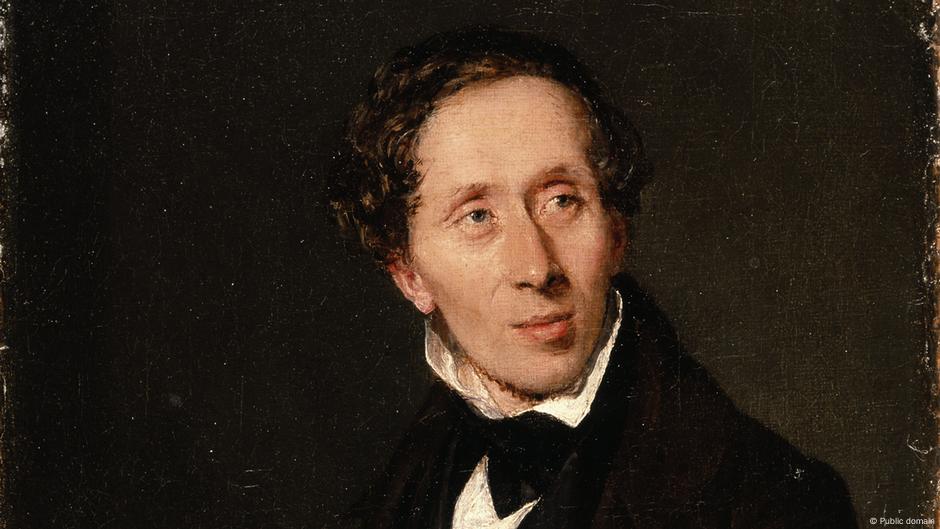Introduction to Hans Christian Andersen
Hans Christian Andersen was a dreamer who wandered between the worlds of imagination and reality and at the same time became one of the most famous fairy tale authors in the world. He died on August 4, 1875 in Copenhagen, but his stories continue to live – in children’s rooms, on theater stages and film screens. His legends often contain characters that were rejected by society. They are stories about human weaknesses, fear and longing, but also beauty. The writer’s children’s stories are his biggest heritage, and Hans Christian Andersen Award is the highest international recognition that is given to an author and illustrator of children’s books.
Reasons for Relevance
Here are five reasons why Hans Christian Andersen remains relevant 150 years after his death.
1. From Childhood Fights to the Submitted Artist
Andersen was born on April 2, 1805 and grew up under modest circumstances in Odense, a city in the south of Denmark. His father was a cobbler, his mother a laundry and alcoholic. His aunt ran a brothel. During Andersen’s childhood, his family’s family tried to put food on the table, and he attended a local school for impoverished children. There he discovered his love for books and theater and began to write his first stories. At the age of 14 he went to Copenhagen and met the director of the Royal Danish theater, who took Andersen under his wings and promoted his talent. When the writer 30 became 30, all of Europe was fascinated by its poems, plays, two novels and the first volume "Märchen" for children ". But the recognition escaped him at home in Denmark, where critics mocked his fairy tales as "harmful" and "irresponsible". Nevertheless, Andersen’s mythical stories underpinned his global fame and Denmark ultimately celebrated his talent when he received grants and travel grants from the Danish king.
2. Subtle Social Criticism of Protests Against Injustice
Take a look behind the fairy tale fairy tales of Andersen’s stories, and you will often find subtle satire or veiled criticism of power, vain and social injustice. "The new clothing of the emperor" is a parable of vanity and fear of authority – a topic that is more relevant in the social media age. Only a few children’s stories are as moving as the history of the little girl who tries to sell games on an ice -cold New Year’s Eve. The next day she found on the street, frozen and nameless. Andersen not only wrote "The Little Match Girl" to feel something. It is also intended as social criticism, a quiet protest against the indifference to poverty and suffering of children. "The ugly duckling", often interpreted as autobiographically, tells the success story of a humiliated outsider, the life of a misunderstood chick, which, despite numerous setbacks, finally fulfills his dream and turns into a beautiful swan. As Hans Christian Andersen once said: "It doesn’t matter whether they were born in a duck farm as long as they hatched out of the egg of a swan!" "The Little Mermaid" is a metaphor for the longing for another world and the willingness to sacrifice yourself for love.
3. A Life Characterized by Fear and Eccentricity
Andersen was a colorful character, highly sensitive and at the same time full of idiosyncrasies. He suffered from Paranoia, mood swings and hypochondria. He was afraid of dogs and robberies. When he received a bad rating, he rolled on the floor with anger. When he was traveling, he always carried a rope with him so that he could abseil from burning hotels in an emergency. Andersen also suffered from a pronounced fear of being buried alive as Tapephobia. He feared that while sleeping, he could be thought dead with the words on his bedside table: "I only seem to be dead." What was originally planned as a short visit to Charles Dickens’ home in London, a five-week stay became the tremorial of the British writer, who was more than relieved than his eccentric guest finally went.
4. Fairy Tales with a Profound Message for Young and Old
Andersen did not write to entertain children with stories about beautiful princesses and noble knights. His stories of animals and magical creatures contain complex stories with several topics and emotions such as longing, loss, death and identity. These fairy tales often contain a moral message. In addition to evil, quality, friendliness and compassion are also rewarded. The author tried to positively strengthen these values and ethics in his stories.
5. A Legacy that Spans the Globe
Hans Christian Andersen’s works have been translated into more than 150 languages, and motifs from his stories can still be found in theater, music, ballet, comics and films. Disney made his fairy tales world famous: films like "The Little Mermaid" are based on the Dane’s history of the same name, while the extremely successful "Frozen" franchise was inspired by "The Snow Queen". His characters have become global icons – from the Mermaid statue in Copenhagen to the monument, which is dedicated to him in New York Central Park. Now, 150 years after Andersen’s death, his stories continue to live because they are more than just fairy tales: they consider a mirror for human faulty – and transformation.

